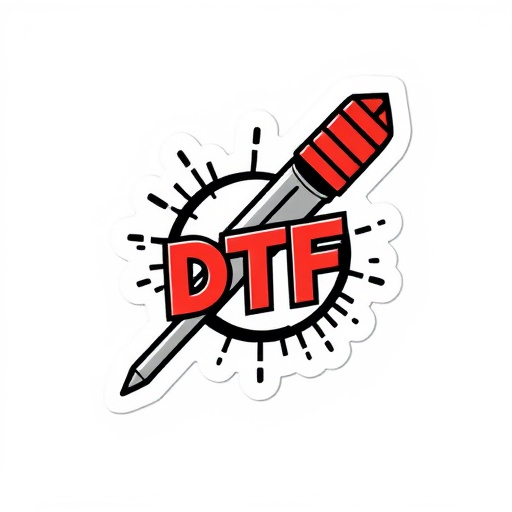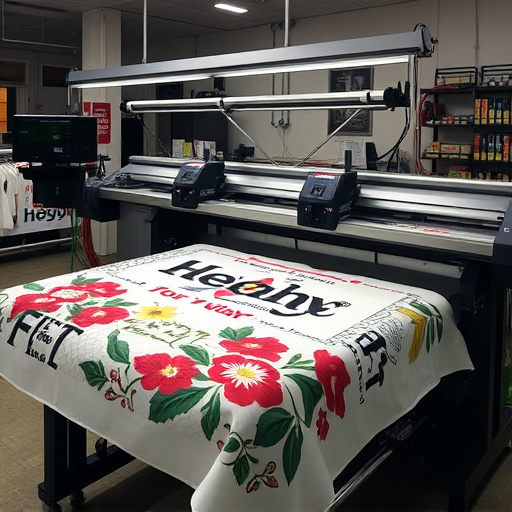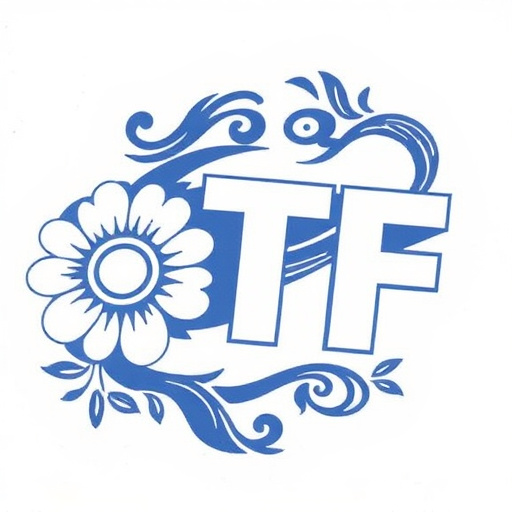Common errors in Bulk DTF Transfers like misalignment, poor ink quality, and data integrity issues can be prevented by using high-quality materials, optimizing printer settings, and regularly maintaining equipment. Seamless connectivity through reliable software, drivers, and firmware ensures efficient troubleshooting. Advanced strategies for large-scale printing include system configuration analysis, hardware interaction understanding, and diagnostic tool usage to maintain print quality and speed, enhancing productivity and customer satisfaction.
Experience hiccups with your bulk DTF transfers? This guide is your go-to resource. We demystify common errors plaguing your orders, offering insights into data integrity and connectivity checks. Delve into advanced troubleshooting techniques tailored for bulk operations. From identifying root causes to implementing effective solutions, this comprehensive approach ensures seamless DTF transfer processes, maximizing efficiency and minimizing disruptions in your workflow.
- Understanding Common DTF Transfer Errors
- Verifying Data Integrity and Connectivity
- Advanced Troubleshooting Techniques for Bulk Orders
Understanding Common DTF Transfer Errors

When executing Bulk DTF Transfers, understanding common errors is key to ensuring smooth operations and high-quality results. Mistakes can arise from various factors such as printer compatibility, incorrect settings, or issues with the materials used. For instance, misalignment during the printing process can lead to distorted images on the transfer sheets. This often occurs due to improper calibration or when using a best DTF printer that isn’t properly configured for bulk transfers.
Another frequent error is related to ink quality and compatibility, especially when dealing with dark fabrics. Using subpar inks or those incompatible with your chosen dtf printing for dark fabrics can result in inadequate adhesion or faint prints. To mitigate these issues, it’s essential to employ high-quality transfer sheets and ensure that the printer settings are optimized for bulk printing. Regular maintenance of your equipment and adhering to manufacturer guidelines can significantly reduce such errors.
Verifying Data Integrity and Connectivity

Ensuring data integrity is a vital step in successful Bulk DTF Transfers. When dealing with intricate orders involving DTF printer and logos DFT for clothing brands, it’s crucial to verify that all design elements, color profiles, and specifications are accurate. This involves cross-referencing the source files against the final transferred designs to confirm their integrity. Tools like data validation software can help identify any corruptions or discrepancies early in the process, preventing potential issues during printing.
Connectivity plays a pivotal role in seamless DTF for t-shirts transfers. Reliable communication between the design software, printer drivers, and the DTF printer is essential. Regularly checking network connections, updating firmware, and ensuring proper driver installations can minimize disruptions. Troubleshooting connectivity problems promptly, such as lag or disconnections, helps maintain the flow of orders and meets deadlines efficiently.
Advanced Troubleshooting Techniques for Bulk Orders

When troubleshooting issues with bulk DTF transfers, it’s crucial to move beyond basic checks and explore advanced techniques that specifically cater to the unique challenges of large-scale printing orders. This involves delving into system configurations, understanding hardware interactions, and employing diagnostic tools tailored for DTF printing for t-shirts. A best DTF printer should be able to handle high-volume jobs efficiently, ensuring precise DTF prints without compromising quality or speed.
One advanced technique involves checking the print queue and ensuring that each transfer is assigned an adequate amount of time for processing, especially when dealing with complex designs or multiple orders. Additionally, monitoring ink levels and maintaining proper maintenance routines can prevent interruptions. By combining these methods with regular software updates and calibration checks, businesses can streamline their bulk DTF transfers process, enhancing overall efficiency and customer satisfaction with high-quality DTF prints.
When navigating the complexities of bulk DTF transfers, understanding common errors, verifying data integrity, and employing advanced troubleshooting techniques are essential. By systematically addressing these aspects, businesses can ensure smooth operations, maintain data accuracy, and optimize their transfer processes. Remember that effective management of bulk DTF transfers is key to streamlining workflows and fostering successful e-commerce ventures.














